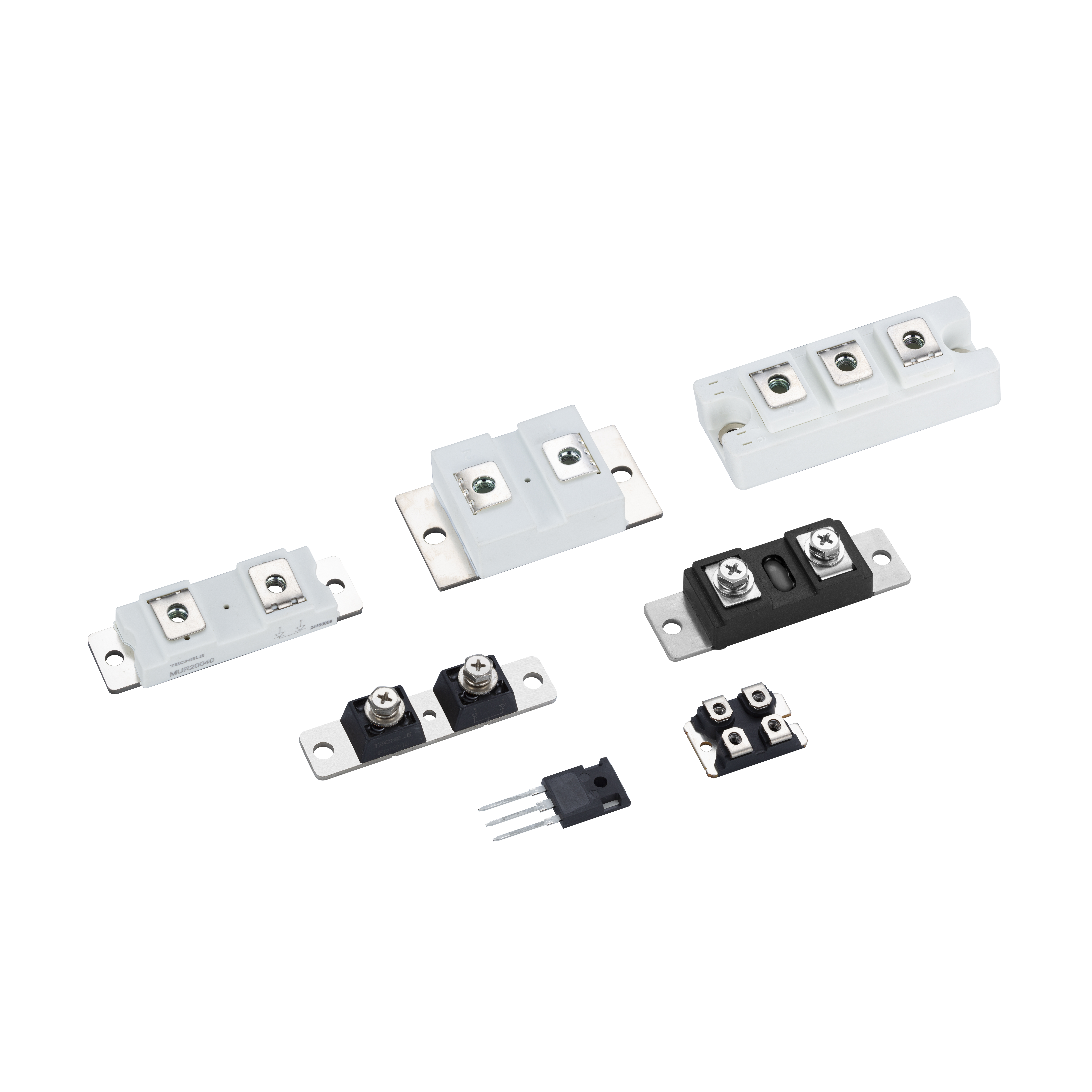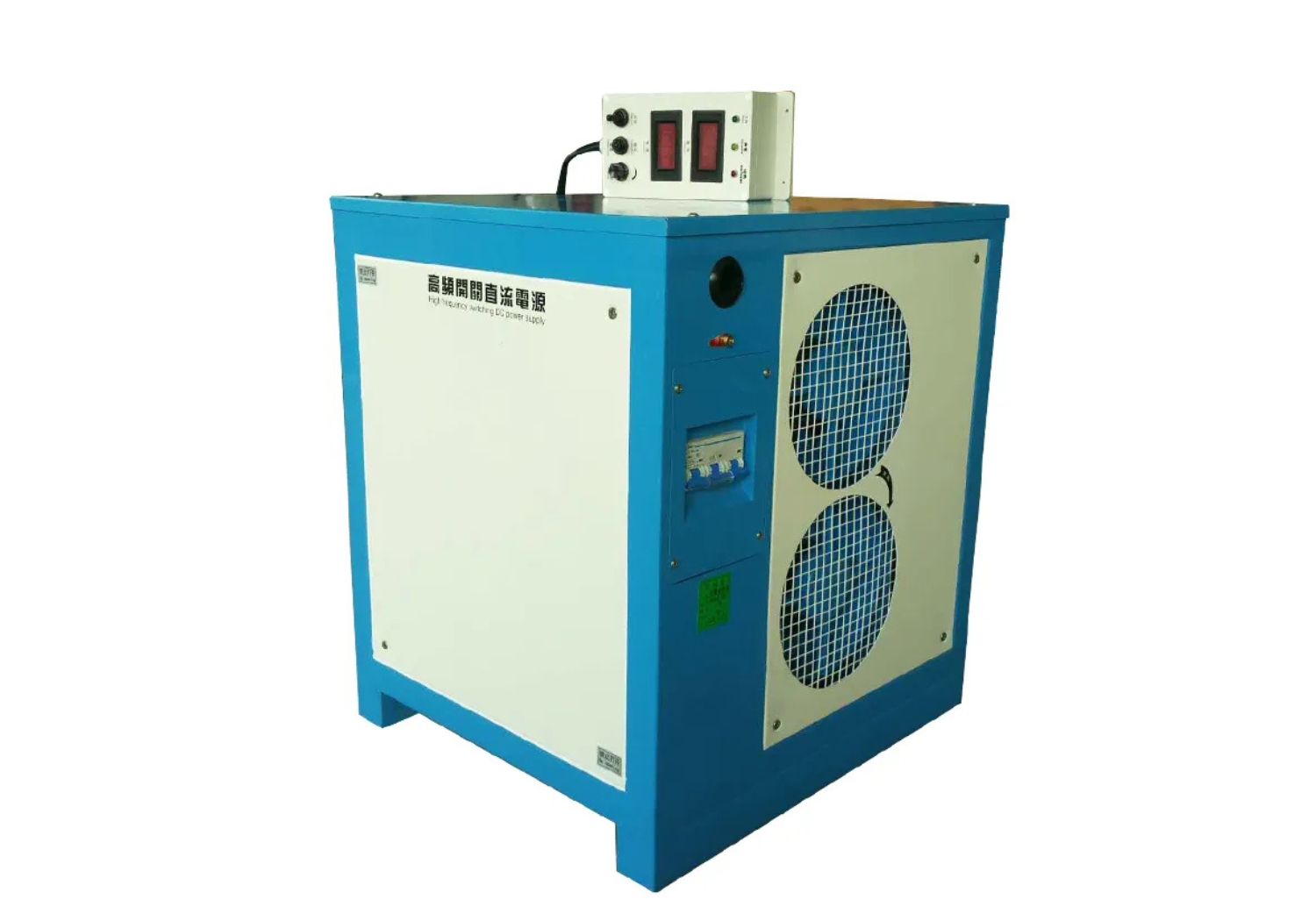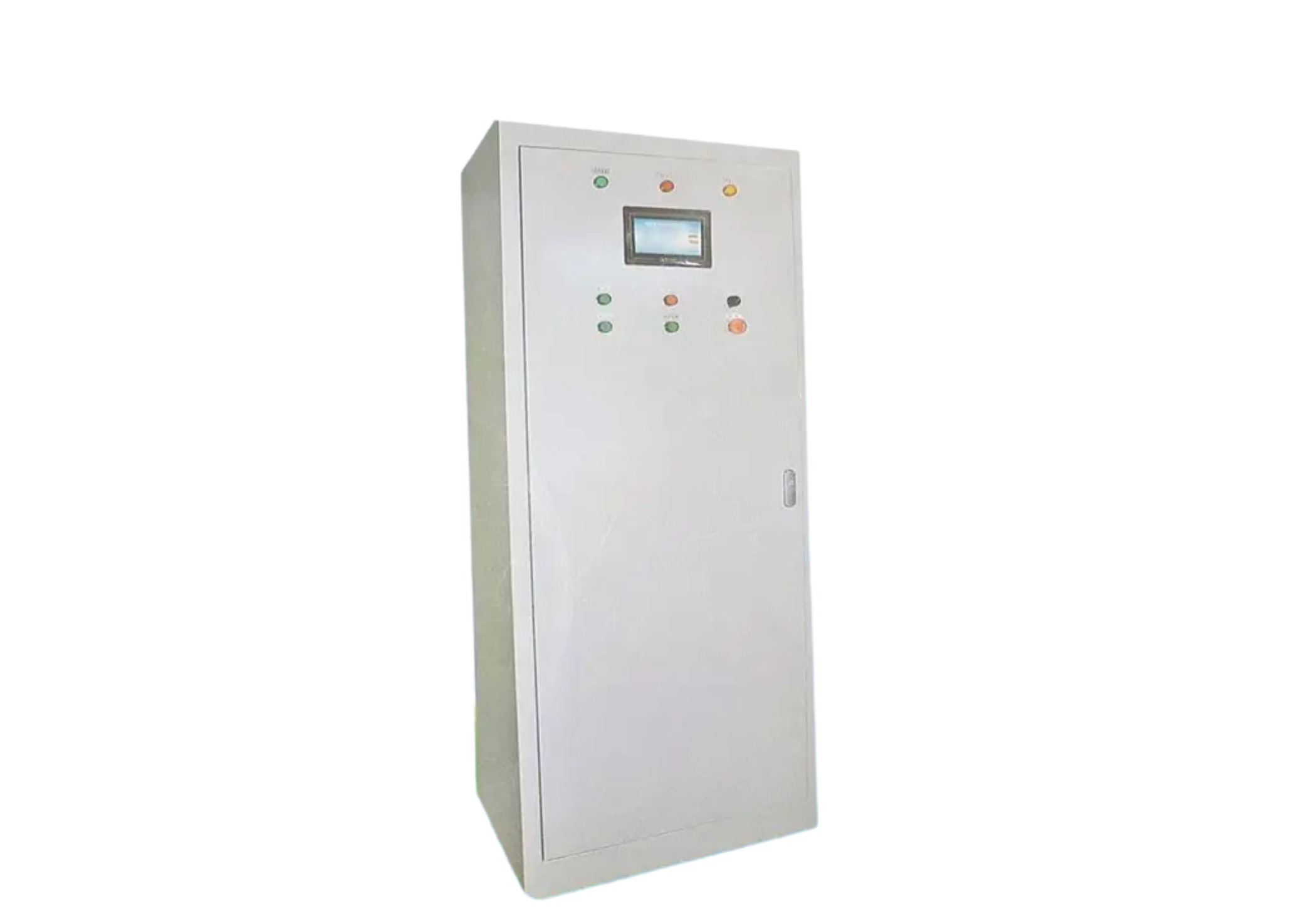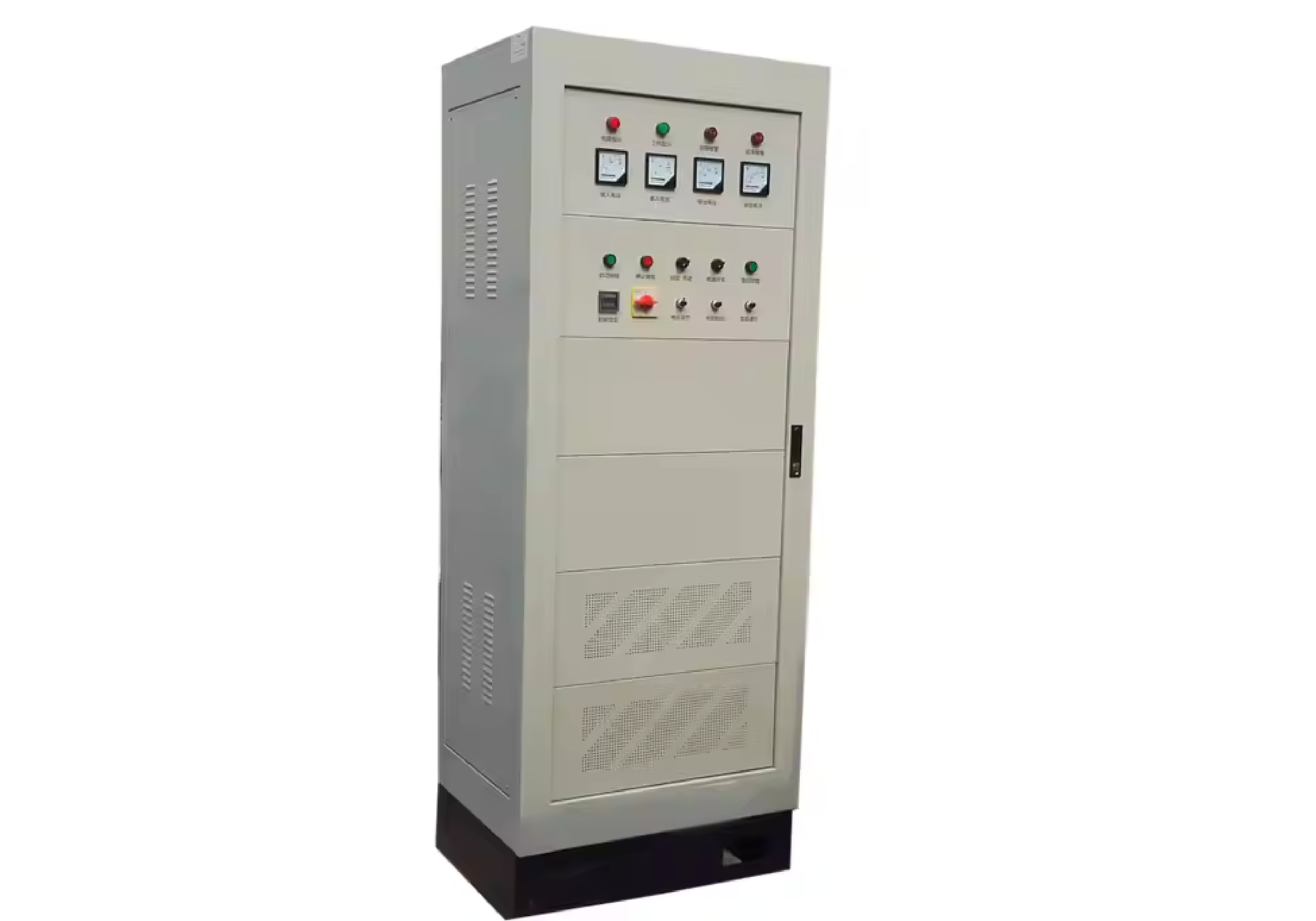Enhancing Power System Efficiency with Thyristor Modules: Key Specifications and Applications
Thyristor modules play an essential role in the efficient operation of power systems, particularly in high-power applications like HVDC (High Voltage Direct Current), smart grids, and industrial phase control. These modules are designed to manage high surge currents, minimize on-state voltage, and provide precise control over power flow. In this article, we will explore the key specifications and technical details of thyristor modules, focusing on their applications in power systems and their role in enhancing efficiency and stability.
1. Key Specifications of Thyristor Modules
Thyristor modules are designed to offer a variety of technical features that make them suitable for high-power applications. One of the most important specifications is the ultra-low VT, which refers to the low threshold voltage required to turn on the thyristor. This feature is particularly important in systems like smart grids, where efficiency is paramount. An ultra-low VT ensures that the thyristor module operates efficiently, reducing energy losses during operation.
Another key specification is the high surge current handling capability of thyristor modules. These modules are engineered to withstand sudden increases in current, such as those that occur during switching operations or fault conditions. Managing high surge currents is critical for maintaining the reliability of power systems, particularly in HVDC and smart grids, where rapid fluctuations in power demand are common.
Additionally, low on-state voltage is a critical feature of thyristor modules. When the thyristor is conducting current, the on-state voltage refers to the voltage drop that occurs. Reducing this voltage drop minimizes energy loss, which is especially beneficial in applications like soft-start battery chargers and temperature control systems, where efficiency is crucial.
2. Managing High Surge Currents with Thyristor Modules
One of the most important functions of thyristor modules is their ability to manage high surge currents. Surge currents occur when power demand fluctuates suddenly, such as when switching operations are performed or when faults occur in the system. Thyristor modules are specifically designed to manage these surge currents, preventing potential damage to sensitive components.
In HVDC systems and smart grids, the role of thyristor modules becomes critical in maintaining reliable power transmission. Their ability to withstand transient currents and provide surge protection ensures that HVDC systems operate smoothly, even under challenging electrical conditions.
The high surge current capability of thyristor modules is also essential in smart grids, where sudden power fluctuations can occur due to the integration of renewable energy sources. Thyristor modules help stabilize the power grid by effectively managing these fluctuations, contributing to grid stability and reducing the risk of power outages.
3. Low On-State Voltage and Power Efficiency
Low on-state voltage is another key feature of thyristor modules that contributes to their overall efficiency. When the thyristor is conducting current, a voltage drop occurs, known as the on-state voltage. A low on-state voltage reduces energy losses during operation, which is critical for applications where efficiency is essential.
In HVDC systems and smart grids, reducing on-state voltage ensures that more of the generated power is transmitted without losses, improving overall system efficiency. This is especially beneficial in smart grids, where energy efficiency is crucial to reducing operational costs and minimizing the environmental impact of energy distribution.
4. Dual Thyristor Modules and Industrial Phase Control
Dual thyristor modules are commonly used in applications that require precise industrial phase control. These modules enable efficient regulation of power flow between two phases, ensuring that power is distributed evenly and efficiently across the system. In HVDC systems and smart grids, dual thyristor modules provide greater control over power distribution, improving system efficiency and stability.
By integrating dual thyristor modules into power systems, industries can achieve finer control over the current flow, reducing losses and improving overall performance. These modules are particularly effective in high-frequency switching applications, such as those found in HVDC systems, where rapid power conversion is required.
In smart grids, where energy efficiency and stability are crucial, dual thyristor modules help to manage the complex interactions between different power sources. By integrating these modules, smart grids can achieve more precise power control, ensuring that energy is distributed optimally across the grid.
5. Conclusion: The Future of Thyristor Modules in Power Control Systems
As the demand for more efficient, reliable, and sustainable power control systems grows, the role of thyristor modules will continue to expand. With advancements in surge current handling, low on-state voltage, and dual thyristor module technology, these modules will remain central to the development of efficient power systems.
The ability of thyristor modules to manage high surge currents, minimize energy losses through low on-state voltage, and provide industrial phase control ensures that they will continue to play a key role in modern power systems. Whether in HVDC systems, smart grids, soft-start battery chargers, or temperature control systems, thyristor modules will remain essential for powering the future of efficient, reliable, and sustainable energy systems.






